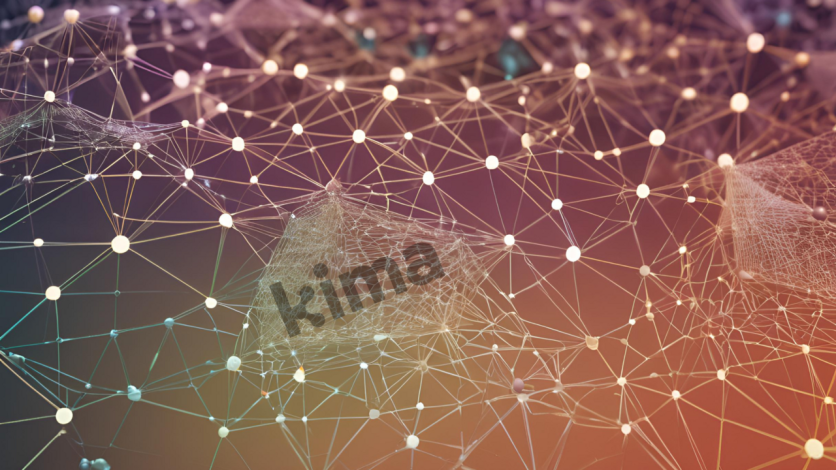
In the decades after World War II, international trade skyrocketed, laying the foundation for the hyper-globalized international economy we know today. Thanks to new technologies, emerging markets, and an ever-expanding consumer culture that enables services and products to traverse the globe, it would seem that the world of business and finance has effectively broken all geographic boundaries.
However, while Argentinian cattle help the Chinese satisfy their beef craving and China ships cheap electronics to all corners of the globe, the costs associated with international currency transfers and payments and the use of payment infrastructure create barriers. These barriers highlight the complexities of our diverse international financial system featuring 180 distinct currencies.
Large, multinational corporations have the resources to mitigate the impact of international transfer costs and complex payment structures. However, smaller businesses that still want to offer goods and services to an international community while receiving payments in their local currency don't have the same luxuries. Small- and medium-sized enterprises (SMEs) often have to contend with higher relative costs, delayed payments, volatile exchange rates, and added administrative burdens when competing on an international level.
Blockchain technology and cryptocurrencies, especially stablecoins, offer a potential solution to bypass fee-accruing intermediaries present roadblocks for businesses and buyers. But moving assets between traditional blockchain networks requires using risk-prone bridges or other complex processes-while converting various stablecoins to fiat currencies without intermediaries is nearly impossible.
However, Kima, an asset-agnostic, peer-to-peer money transfer and payment protocol, is establishing itself as a hub for connecting isolated blockchain networks with traditional finance. Kima facilitates smooth inter-ecosystem transfers across fiat currencies, cryptocurrencies, and blockchains. Powered by its Liquidity Cloud and Universal Payment Rail, which connect bank accounts and digital wallets across multiple blockchains. Kima's protocol enables transactions without being tethered to a specific currency or payment rate set by an intermediary.
In practice, with Kima's payment infrastructure powering the back end, a boutique clothing shop in Canada can buy suits from an Italian designer using Canadian dollars (or a stablecoin) while the payee receives the payment in Euros. Kima's technology is built to easily integrate with existing Web3 and Web 2.0 platforms-like the payment systems that enable e-commerce-providing convenient transfers without requiring end users to directly engage with its system.
This versatility extends to various use cases, from remittance networks and Real World Asset (RWA) trading platforms to multichain wallets and card top-up services, showcasing Kima's broad applicability in the financial ecosystem.
Before Kima, moving funds or assets between different blockchain networks required vulnerable bridges while connecting crypto and traditional banking systems required intermediaries. Both are definitively arduous, expensive, and risky processes. By realizing blockchain's vast potential, Kima developed a unique system that employs atomic swaps instead of vulnerable smart contracts, eliminating any intermediary from a centralized entity.
Kima brings notoriously fragmented blockchains and various currencies together without having to establish formal partnerships at both ends of the transaction. However, Kima partners with service providers to manage compliance in jurisdictions where it offers fiat access.
This approach allows the protocol to comply with local regulations without needing to integrate with every financial institution or network involved in a transaction, supporting greater scalability and flexibility in its operations.
As an infrastructure provider, Kima's technology works in the background and supports a wide variety of use cases such as an e-commerce site or multichain wallet. This grants companies and platforms the opportunity to implement their own user experience that leverages Kima's transfer flow, depending on the specific application. For example, Kima recently integrated its settlement layer with AI-powered Web3 investment platform GT Protocol, to enable users to execute cross-chain transactions conveniently.
Kima's proven technology employs the highest security standards available while not basing its economic model on token subsidies. This facilitates a genuine decentralized solution that both defragments blockchains and offers the most convenient way to transfer funds between digital asset platforms and traditional financial systems. With its mainnet preparing to launch, Kima is finalizing additional automation for its liquidity management algorithms and onboarding additional blockchain networks, financial institutions, and platforms.
As the lines blur between digital and traditional finance, crucial infrastructure providers like Kima are needed more than ever to ensure our financial systems operate efficiently.
ⓒ 2025 TECHTIMES.com All rights reserved. Do not reproduce without permission.




